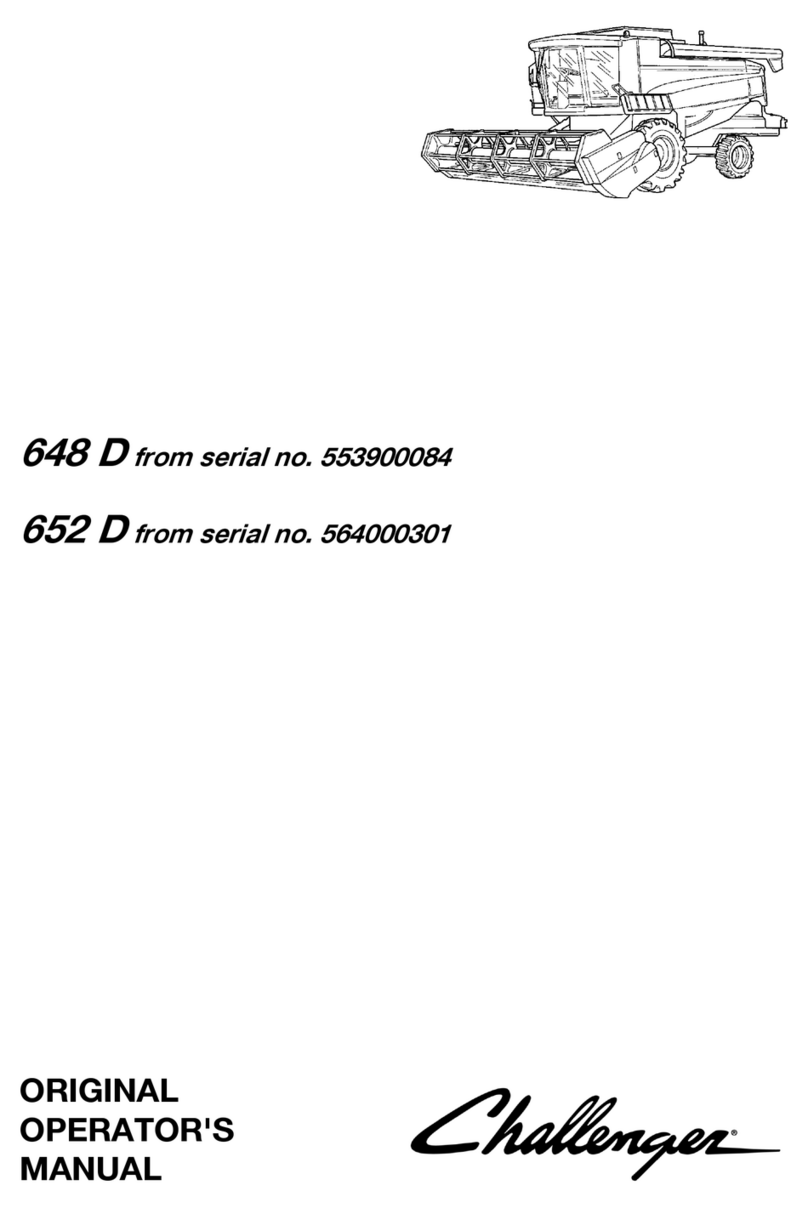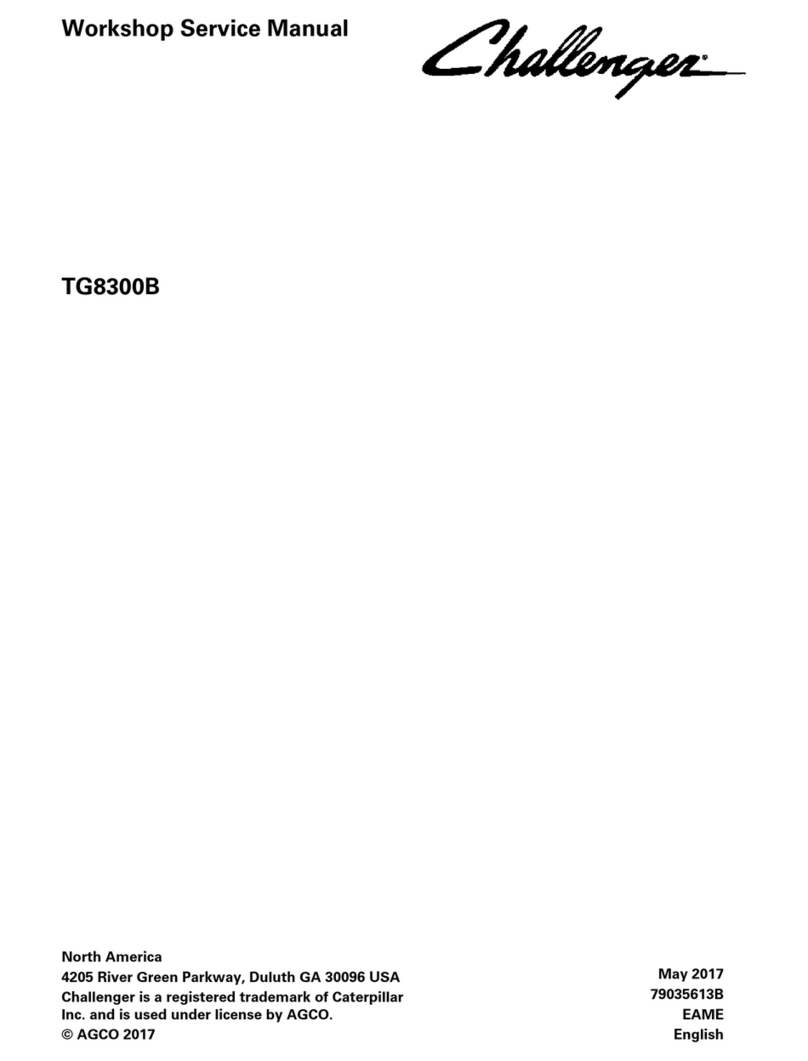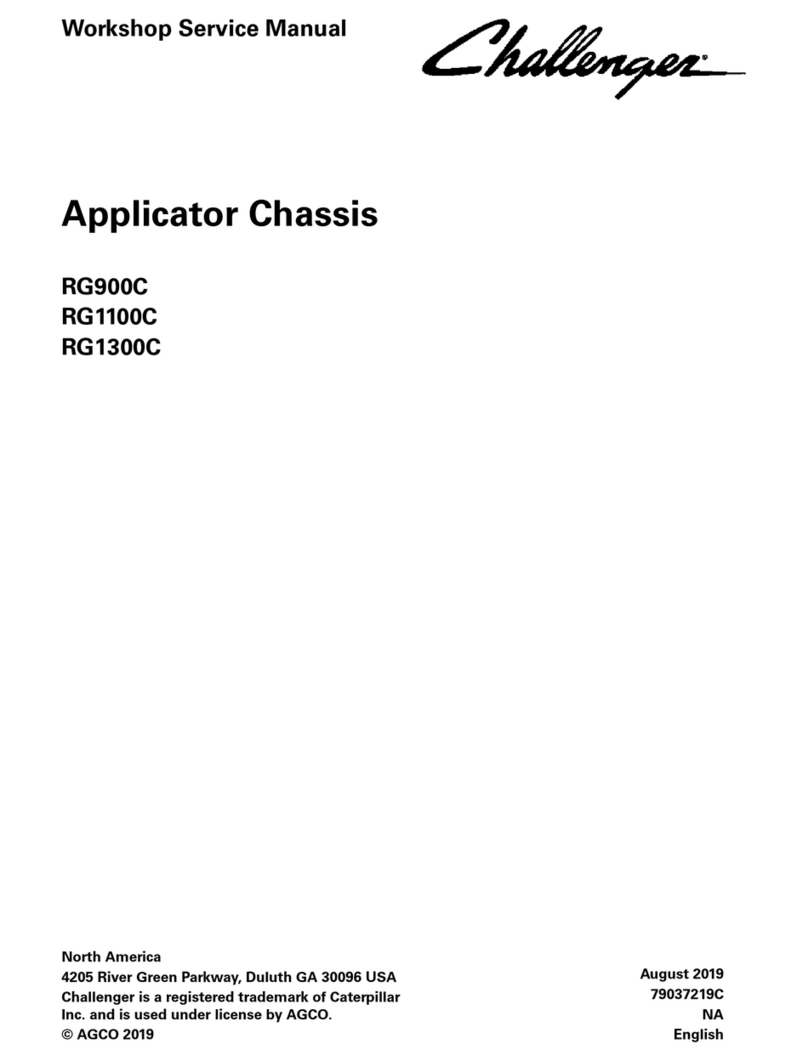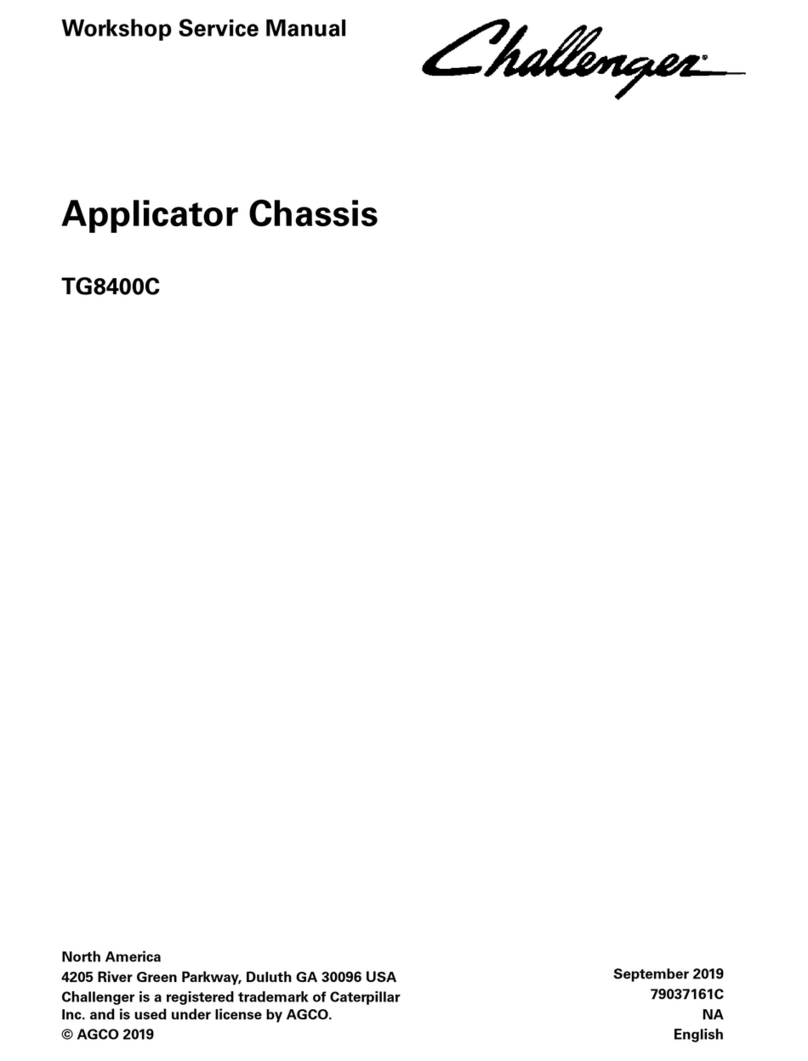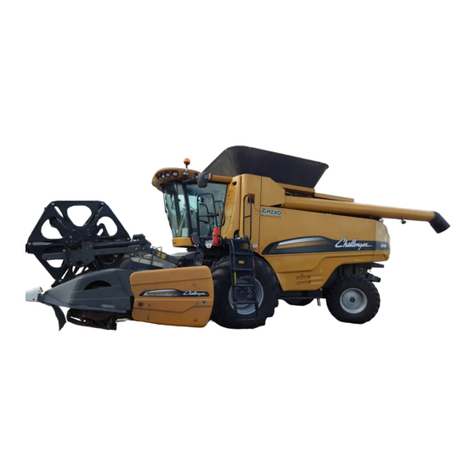
1. General
1.1 Service manual .........................................................1-3
1.1.1 Units of measurement ..................................................1-3
1.1.2 Replacement parts ....................................................1-3
1.1.3 Identification plates ....................................................1-3
1.1.4 Engine identification ...................................................1-5
1.2 A word to the operator ..................................................1-6
1.2.1 Important safety information .............................................1-7
1.2.2 Safety alert symbol ....................................................1-7
1.2.3 Safety messages .....................................................1-8
1.2.4 Informational messages ................................................1-8
1.2.5 General hazard information ..............................................1-8
1.3 Prepare for operation ...................................................1-10
1.3.1 Mounting and dismounting the machine ....................................1-10
1.3.2 Before starting the engine ..............................................1-10
1.3.3 Engine starting ......................................................1-11
1.3.4 Before operating the machine ...........................................1-11
1.3.5 Operating the machine ................................................1-11
1.3.6 Operator station .....................................................1-12
1.3.7 Parking the machine ..................................................1-13
1.3.8 Exiting the cab in an emergency ..........................................1-13
1.3.9 Safety lamps and marking devices use .....................................1-13
1.3.10 Roading on public roads ...............................................1-14
1.3.11 Operating on a slope .................................................1-14
1.3.12 Electrical storm injury prevention ........................................1-14
1.4 Maintenance and service ...............................................1-15
1.4.1 Maintenance safety ...................................................1-15
1.4.2 Wear protective clothing ...............................................1-19
1.4.3 Fire prevention and first aid .............................................1-19
1.4.4 Proper disposal of waste ...............................................1-20
1.4.5 Shield and guards ....................................................1-20
1.4.6 Support the machine correctly ...........................................1-21
1.4.7 Asbestos information ................................................. 1-21
1.4.8 Pressurized air ...................................................... 1-21
1.4.9 Cut and crushing prevention ............................................ 1-21
1.4.10 Boom safety .......................................................1-22
1.4.11 Fuel safety ........................................................1-22
1.4.12 Hydraulic safety .....................................................1-22
1.4.13 High pressure leaks ..................................................1-23
1.4.14 Chemical safety .....................................................1-23
1.4.15 Engine safety ......................................................1-25
1.4.16 Battery safety ......................................................1-27
1.4.17 Tire safety .........................................................1-28
1.4.18 Avoid eye contact with radar ...........................................1-29
1.4.19 Exhaust fumes .....................................................1-29
1.4.20 Electrical power lines overhead .........................................1-29
1.4.21 Towing ...........................................................1-30
1.4.22 Modifications ......................................................1-30
1.4.23 Mobile radio installation ...............................................1-30
1.4.24 Safety signs .......................................................1-30
1.4.25 Safety and informational signs ..........................................1-30
Table of contents
Applicator Chassis 1-1
79035871B
Find manuals at https://best-manuals.com






